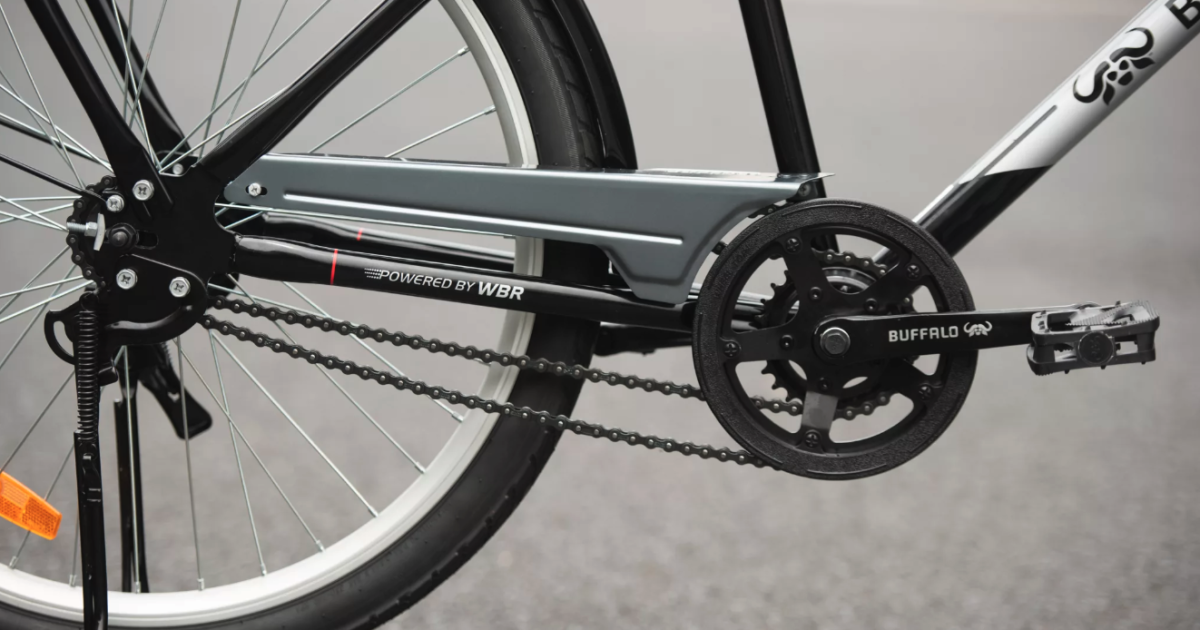- cross-posted to:
- [email protected]
- cross-posted to:
- [email protected]
World Bicycle Relief explains that its Buffalo bicycles are designed to be “extremely durable to serve the needs of people who travel long distances over rugged terrain with heavy cargo in some of the world’s harshest environments.” With that in mind, simplicity and ruggedness are absolutely critical, and the redundant chain system is designed to provide a high/low gear solution that involves as few breakable, externally mounted parts as possible. These bikes are being delivered to places that don’t have access to bicycle shops or spare part overnighting, so making something that’s as tough and easy to repair as possible is an essential part of WBR’s job.



Ok, that’s pretty cool. Why not a gearbox though? Weight, maybe?
Presumable complexity and therefore cost and reliability, but given the simplicity and mature robustness of 2 and 3 speed hubs I’m a little surprised this is truly superior and worthwhile.
The problem is controlling the gearbox. In order to do that you need lots of parts from steel cables to crimps (that go on the ends of said cables) to derailleurs to levers and shifters and lots of other things to route the cables.
By only having two gears–and a simple mechanism to switch between them–this bike is able to avoid all that complexity. Not to mention the tools needed to repair said complexity.
A chain link remover is a tiny little thing that can be strapped (or taped) in a pouch and kept on the bike along with extra (tiny) chain links.
The thing they really need to work on next is the tubes. When I was really big into mountain biking I never had to repair my chain but I always carried two extra tubes (and a pump!) when riding because I had two flats on long rides more than once.
These bikes sacrifice weight for other priorities at every oportunity